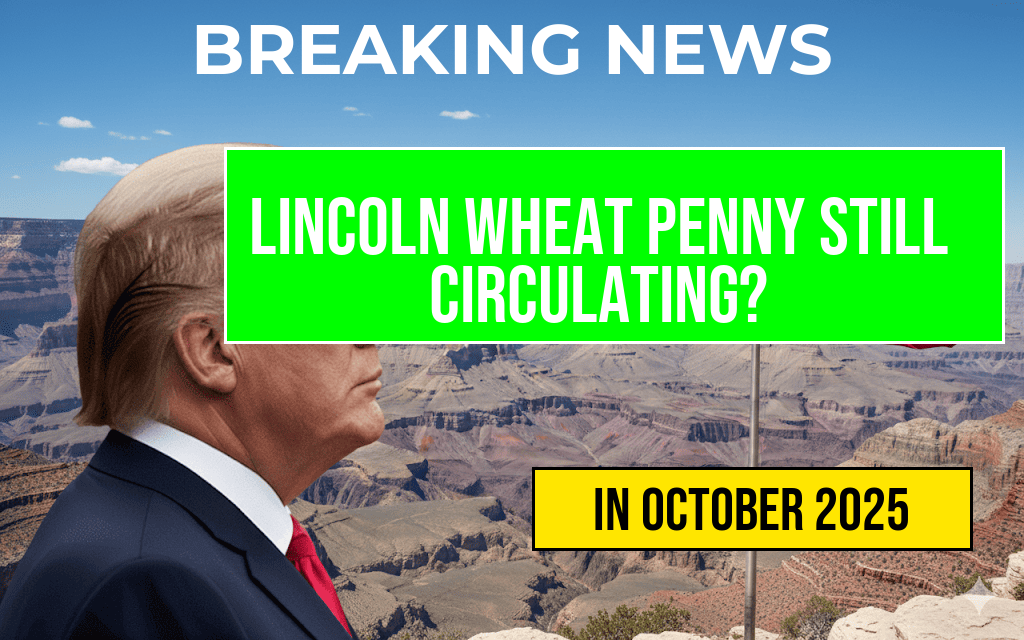The Lincoln Wheat Penny, a staple of American coinage from 1909 to 1958, continues to intrigue collectors and casual observers alike, especially because some specimens are valued at astonishing amounts—up to $144,000 for rare examples. Despite its status as a common circulation coin, reports of these high-value pennies remaining in regular circulation are exceedingly rare. Most of these valuable coins are held by collectors, stored in safes, or displayed in numismatic collections rather than actively circulating in everyday transactions. This disparity raises questions: Are Lincoln Wheat Pennies still in circulation despite their significant collector value? To answer this, it’s essential to understand the coin’s history, rarity factors, and the current market for these vintage pennies.
Historical Background and Design Significance
The Lincoln Wheat Penny was introduced in 1909 to commemorate the 100th anniversary of Abraham Lincoln’s birth. Designed by Victor David Brenner, the coin features a portrait of Lincoln on the obverse and two stalks of wheat on the reverse. Its simple yet iconic design made it one of the most recognizable coins in American history. Over the decades, the penny became a familiar sight in cash transactions, especially during the mid-20th century.
However, the coin’s circulation largely phased out after 1958, replaced gradually by newer designs and materials. Today, pennies are largely used for small change, with most coins being produced in the billions during their prime years. Yet, the Lincoln Wheat Penny’s significance extends beyond its daily use, primarily due to certain rare varieties and mint errors that have become highly sought after among collectors.
Rarity and Factors Contributing to High Valuation
The extraordinary valuation—up to $144,000—applies to specific, rare specimens. These typically include:
- Key date coins: Only a handful of coins minted in certain years and mints are highly valuable, such as the 1909-S VDB, the 1914-D, or the 1931-S.
- Minting errors: Coins with minting flaws, like double dies, off-center strikes, or planchet errors, can fetch premium prices.
- Condition and preservation: Coins graded as MS (Mint State) with high grades (e.g., MS-67 or above) are significantly more valuable.
While millions of Lincoln Wheat Pennies were produced, only a tiny fraction possess these coveted features. The 1909-S VDB, for example, remains a celebrated rarity, with few specimens existing in pristine condition. As a result, most of these coins are found in collections rather than circulation.
Current Circulation Status of Lincoln Wheat Pennies
Despite their historical significance and high collector value, it is highly unlikely that Lincoln Wheat Pennies are still in active circulation today. The majority of these coins have been removed from circulation over the decades through the process of coin hoarding, bank withdrawals, and coin collection. The U.S. Mint ceased producing the Wheat Penny in 1958, making the coins that are still in circulation or in the hands of the public typically older, well-worn, and of standard varieties without rarity attributes.
Numismatic experts and coin dealers confirm that most Wheat Pennies found today are either part of collections, inherited from previous generations, or stored away as collectibles. Occasionally, a rare or valuable specimen might surface in change or at coin shows, but such instances are exceptional rather than common.
Market Trends and Collector Interest
The market for rare Lincoln Wheat Pennies remains vibrant, driven by both seasoned collectors and investors seeking tangible assets with proven appreciation potential. Auctions and online marketplaces like Heritage Auctions and GreatCollections regularly feature high-grade or rare specimens, often fetching prices far above face value. The rarity, combined with the coin’s historical importance, sustains its appeal among enthusiasts.
However, for everyday transactions, these coins are virtually nonexistent. The U.S. Treasury and Federal Reserve have long since phased out the circulation of these older pennies, and they are now predominantly found in private collections or specialty coin shops.
References and Further Reading
| Source | Link |
|---|---|
| Wikipedia – Lincoln Wheat Penny | https://en.wikipedia.org/wiki/Lincoln_Wheat_Economy#Lincoln_Wheat_Penny |
| Forbes – Rare Coins and Their Market | https://www.forbes.com/sites/forbesmoney/2020/02/13/collectible-coins-can-be-a-lucrative-investment/?sh=623b0a0d3d45 |
| U.S. Mint – Coin Collecting Resources | https://www.usmint.gov/learn/coin-and-medal-programs/coin-collecting |
Frequently Asked Questions
Question
Is the Lincoln Wheat Penny still commonly found in everyday circulation?
Question
Why is the Lincoln Wheat Penny valued at approximately $144,000?
Question
What are the key features that make a Wheat Penny rare and valuable?
Question
Should collectors actively seek out Lincoln Wheat Pennies from specific years or mints?
Question
What is the best way to authenticate and appraise a Wheat Penny for its value?

Leave a Reply